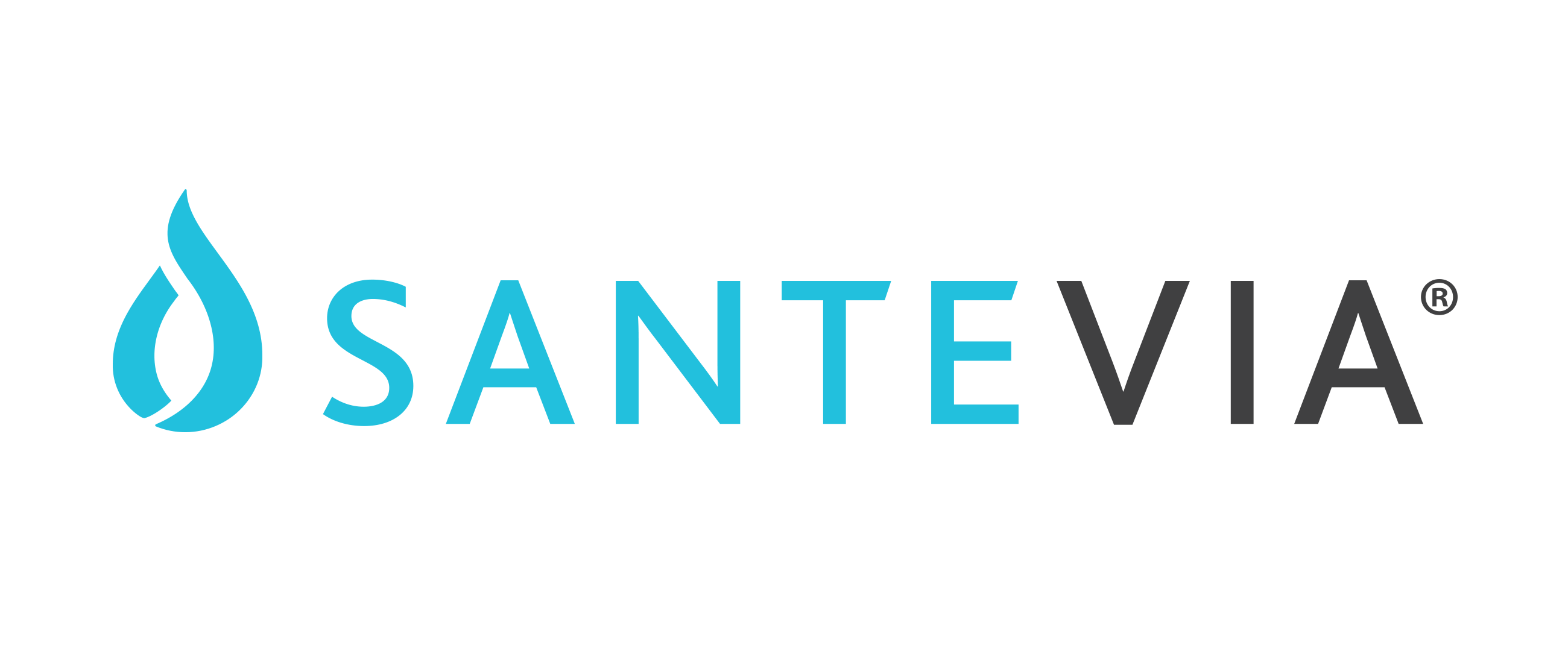Chlorine’s Byproducts: How Do They Affect You?
Ever heard of THMs in your drinking water? These harmful chemicals form when chlorine, that is added to disinfect water, reacts with organic matter. Because organic matter is almost always present, THMs are very likely to end up in your glass. Here’s what you need to know about the risks and how to protect yourself with the right filtration system.
What Are THMs and Why Are They in Your Drinking Water?
Trihalomethanes (THMs) are chemical compounds that develop when chlorine, used to disinfect public water, reacts with organic materials naturally found in water sources. This reaction is almost inevitable because organic matter like decaying leaves and other vegetation is typically present in water before it reaches your tap. Unfortunately, while chlorine kills bacteria and viruses, the resulting THMs have been associated with significant health concerns.
Health Risks Linked to THMs
Studies have shown that THMs can pose serious health risks, especially with long-term exposure. Drinking water containing THMs has been linked to:
- Increased cancer risk: Research published in the American Journal of Epidemiology found that long-term THM exposure can increase the risk of bladder cancer by up to 35%.
- Pregnancy complications: Exposure to THMs has been connected to an increased risk of birth defects and low birth weight.
- Liver and kidney issues: Over time, high levels of THMs may affect liver and kidney function.
Because these risks increase with consistent exposure, reducing THMs in your drinking water is an essential step for health protection.

How Activated Carbon Filters Remove THMs
One of the most effective ways to reduce THMs in your drinking water is by using an activated carbon filter, often combined with ion exchange resin. This is the filtration method used by Santevia and that is designed to target and remove contaminants like THMs. Here’s how it works:
- Adsorption Power: Activated carbon has an extensive surface area that attracts and traps THMs, significantly reducing their presence in your water.
- Ion Exchange Resin: This additional component helps filter out other contaminants, such as heavy metals, providing even cleaner, safer water.
- Added Minerals: following the filtration stage, Santevia filters uniquely add essential minerals to create water that’s similar to mineral spring water.
With this approach, you can enjoy cleaner, healthier water without compromising the mineral content that supports hydration and overall wellness.
Choosing the Right Water Filter
When it comes to protecting yourself and your family from contaminants like THMs, an activated carbon filter with ion exchange resin is one of the best choices. Santevia’s filtration systems are designed with these effective methods, providing a natural and safe way to enjoy pure, healthy water. These filters reduce THMs then add essential minerals, giving you clean, mineralized water.
For more information on how Santevia filters work and which system may be right for you, visit our product page to explore your options.

